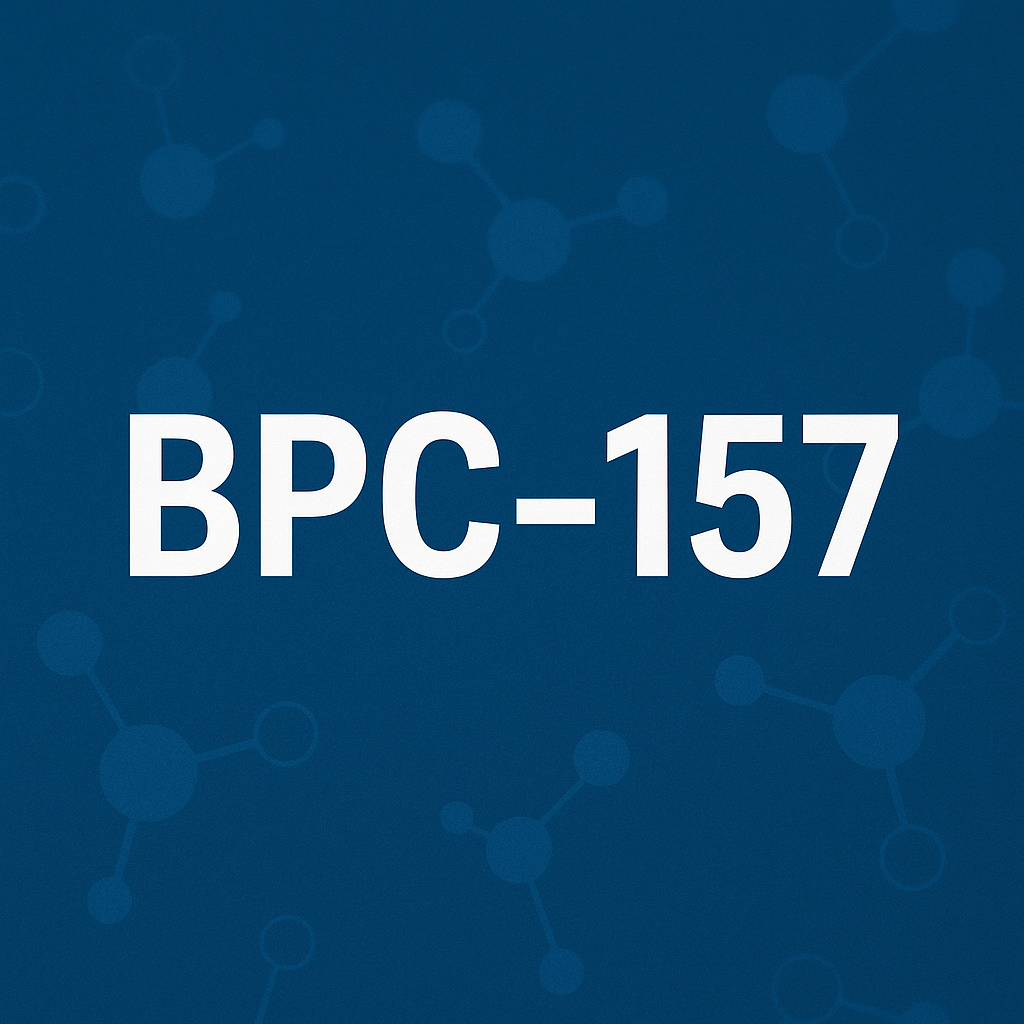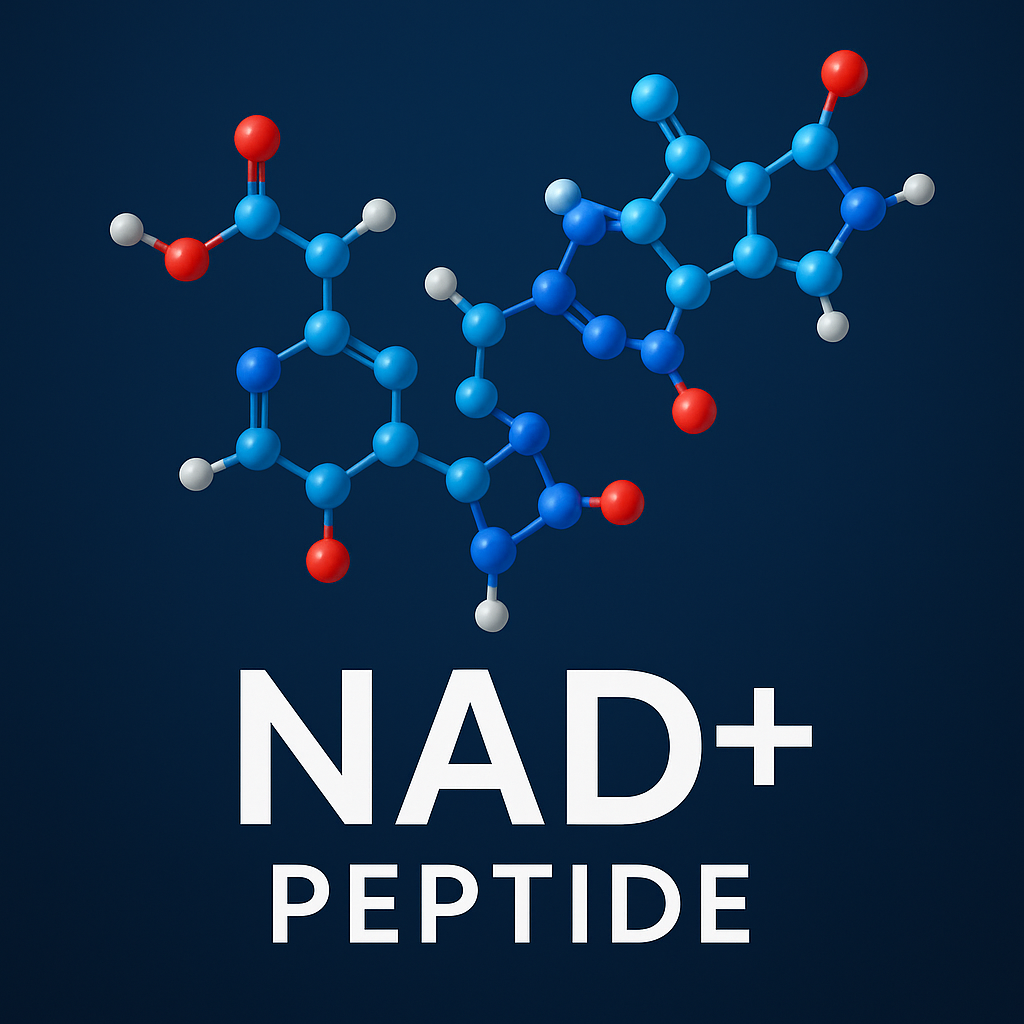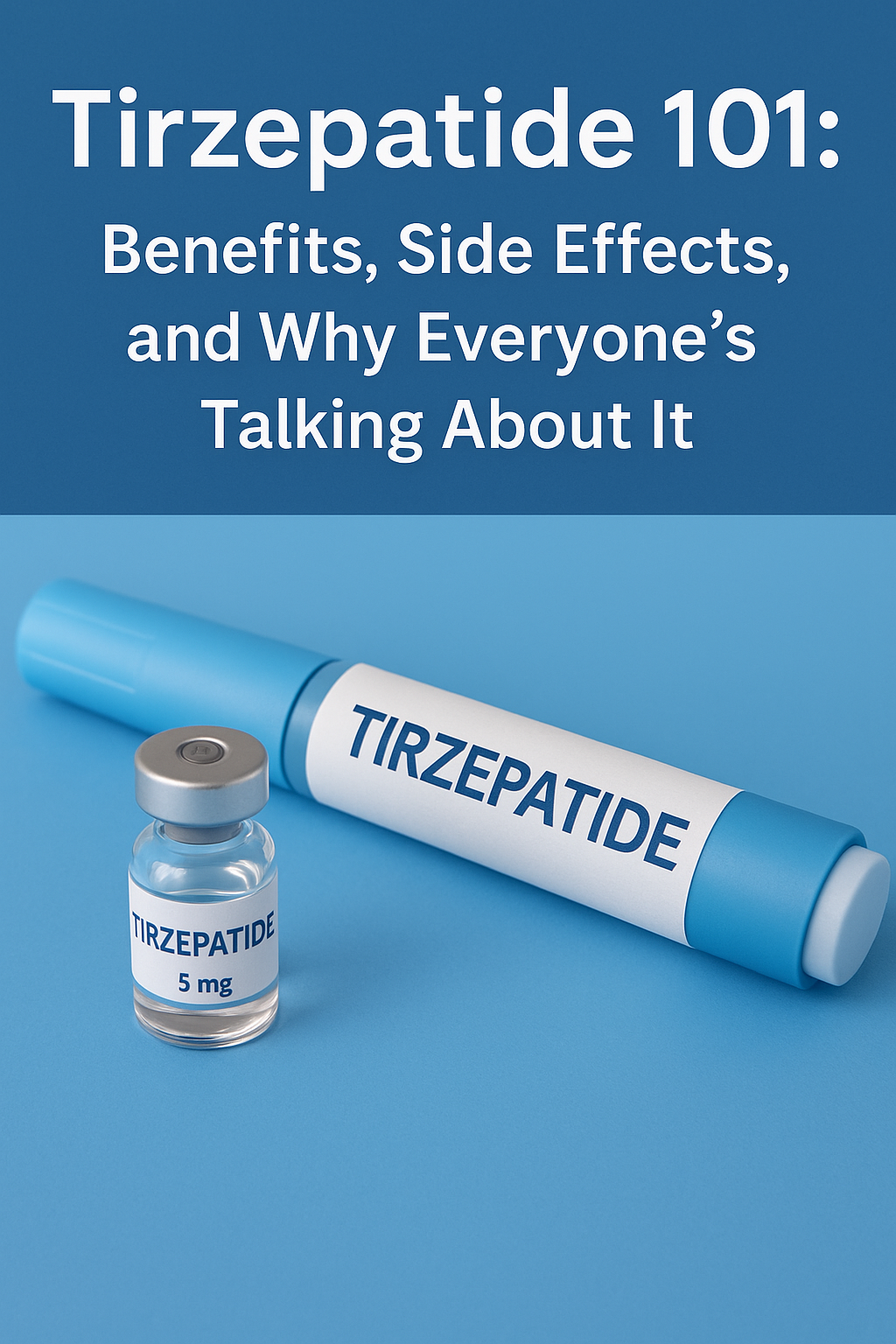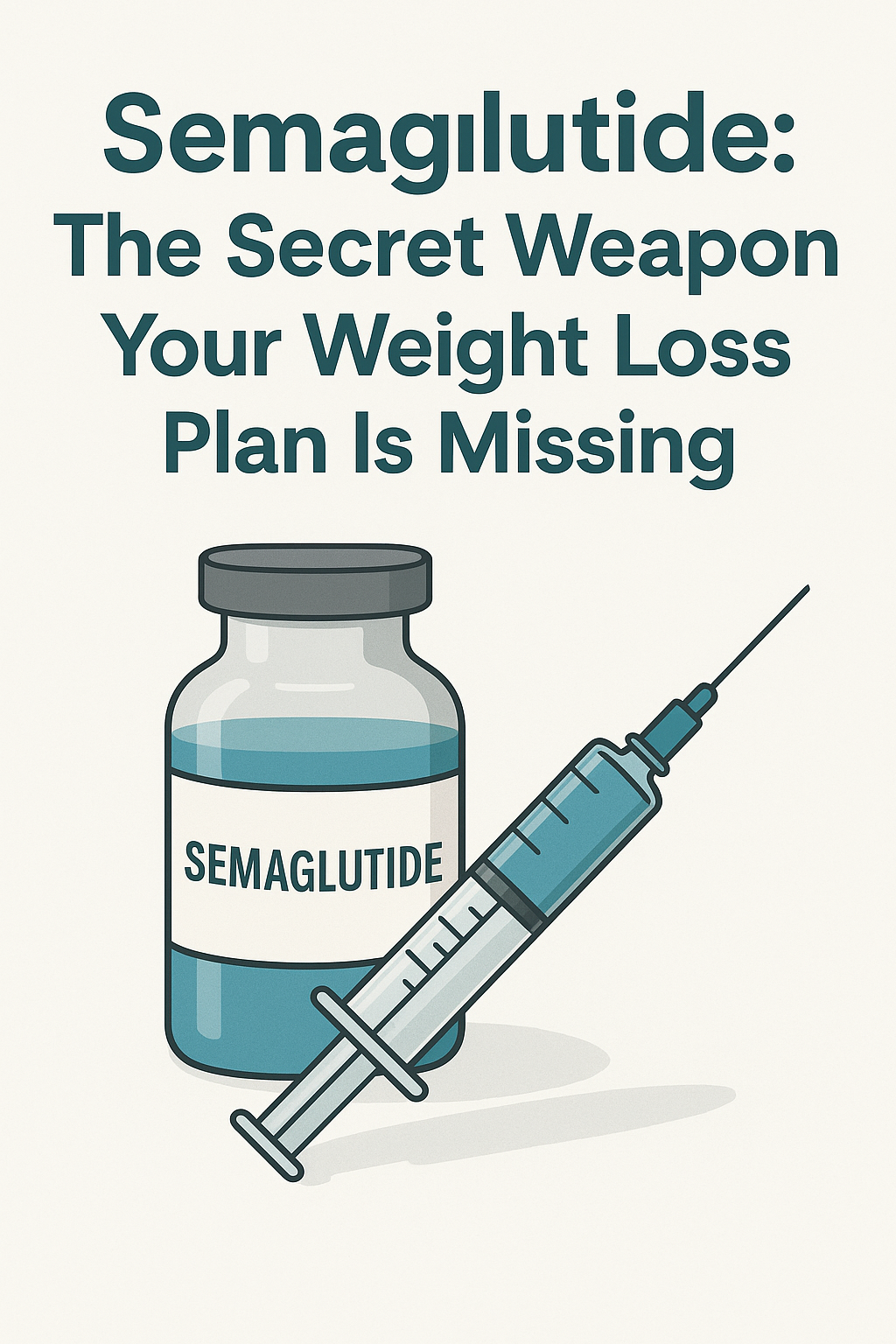How BPC-157 is Changing the Game in Regenerative Medicine
Exploring the Healing Potential of This Powerful Peptide for Injury Recovery, Gut Health, and More

When it comes to regenerative medicine, there’s no shortage of buzzwords. But BPC-157 stands out as more than just hype. This synthetic peptide is gaining serious attention from clinicians, athletes, and biohackers for its reported ability to support healing, tissue repair, and gut health. Whether you’re dealing with injuries, inflammatory conditions, or chronic wear-and-tear, BPC-157 may be a tool worth understanding.
What Is BPC-157?
BPC-157 is a synthetic peptide derived from a naturally occurring protein in the human body called Body Protection Compound (BPC). Specifically, it’s a sequence of 15 amino acids found in gastric juice, which is why its connection to gut health came to light first. But researchers have since discovered its potential benefits extend far beyond digestive support.
Unlike many peptides that require complex manufacturing processes, BPC-157 has shown impressive stability and usability in both injectable and oral forms, making it a practical option in clinical and wellness settings.
Why Clinicians and Patients Are Paying Attention
What sets BPC-157 apart is its versatility. In pre-clinical studies, this peptide has demonstrated regenerative effects across a wide range of tissues — tendons, muscles, ligaments, nerves, and even the gut lining.
Here’s a closer look at where BPC-157 shows promise:
- Injury Recovery:
Soft tissue injuries like muscle tears, ligament strains, and tendon damage are notoriously slow to heal. BPC-157 appears to promote angiogenesis (the formation of new blood vessels), which is critical for delivering oxygen and nutrients to damaged tissues. This may speed up the natural healing timeline. - Gut Health and Inflammation:
Originally studied for its protective effects on the stomach lining, BPC-157 has become a subject of interest for conditions like inflammatory bowel disease (IBD) and leaky gut syndrome. It may help reinforce the gut barrier and reduce inflammatory responses. - Neurological and Systemic Benefits:
Some studies suggest BPC-157 may have neuroprotective properties, aiding in nerve regeneration and possibly supporting cognitive function following injury or stress.
While human clinical trials are still in early stages, the peptide’s safety profile looks favorable, especially when administered under physician guidance.
How BPC-157 Fits into the Regenerative Medicine Landscape
Regenerative medicine focuses on harnessing the body’s natural healing mechanisms. Therapies like PRP (platelet-rich plasma), stem cell treatments, and exosome therapy all share this philosophy. BPC-157 fits into that same mindset: stimulating the body’s repair processes rather than masking symptoms with pharmaceuticals.
For clinics, medspas, and functional medicine practices, offering physician-prescribed BPC-157 can be a strategic way to expand services—especially for patient populations dealing with chronic injuries or inflammatory conditions. Unlike controlled substances, BPC-157 operates in a gray area of regulation, making it available through compounding pharmacies and specialty peptide suppliers in many regions.
Practical Considerations for Clinics and Patients
For those considering BPC-157 as part of a treatment program, there are a few key points to keep in mind:
- Dosage and Administration:
BPC-157 is typically administered via subcutaneous injection near the injury site or orally for gut-related concerns. Proper dosing should be determined by a licensed provider. - Sourcing Quality Peptides:
As with any peptide, not all products are created equal. Clinics and practices should prioritize sourcing from U.S.-based manufacturers who provide Certificates of Analysis (COAs) and third-party purity testing to ensure both safety and efficacy. - Patient Education:
While many patients may be hearing about BPC-157 through word of mouth or social media, it’s important to set realistic expectations. It’s not a miracle cure, but rather a tool that supports the body’s healing process alongside other treatments and lifestyle strategies.
Final Thoughts
BPC-157 may not yet be a household name, but within regenerative medicine circles, its reputation is growing fast. For practices looking to offer cutting-edge healing solutions without crossing into uncharted regulatory territory, this peptide represents a smart, science-backed addition to the toolbox.
If your clinic is considering expanding into peptide therapy, BPC-157 could be a strategic starting point. With the right sourcing, proper clinical protocols, and patient education, it has the potential to deliver real value—for both your business and your patients.



